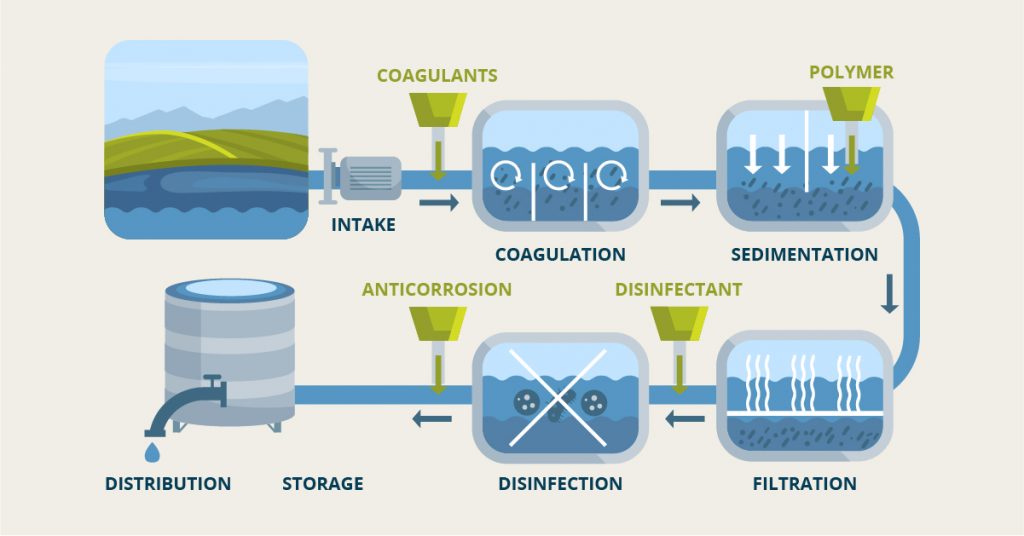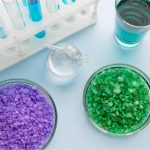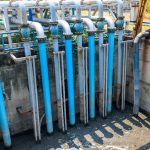Clean water is essential for life, yet much of the water we use in daily life contains suspended impurities such as sand, silt, or clay. Before this water can be treated for drinking or industrial use, it must undergo preliminary purification steps. Among the oldest and most effective physical methods are sedimentation and decantation. These simple yet powerful processes help remove insoluble particles from water and form the foundation of many water treatment systems.
So, what are sedimentation and decantation, and why are they important in water purification? Let’s explore.
Table of Contents
Toggle- What is Sedimentation and Decantation?
- The Role of Sedimentation and Decantation in Water Purification
- Difference Between Sedimentation and Decantation
- Applications of Sedimentation and Decantation
- Ion Exchange: State-of-the-art Wastewater Treatment Plants Manufacturers
- Explore Ion Exchange’s Products
- Conclusion
What is Sedimentation and Decantation?
To understand their roles in water treatment, we first need to define sedimentation and decantation.
- Sedimentation is the process by which heavier, insoluble particles in water settle at the bottom of a container due to gravity. When water containing suspended solids is allowed to stand undisturbed, the heavier particles gradually move downward and form a layer called sediment.
- Decantation follows sedimentation and involves carefully pouring out the clearer, upper layer of water while leaving the settled particles undisturbed at the bottom.
Together, these processes help separate solids from liquids, making the water clearer and easier to filter or further purify.
The Role of Sedimentation and Decantation in Water Purification
In water purification systems—especially in rural and municipal settings—sedimentation and decantation are often used as the first step to reduce the load of solid impurities before more advanced filtration or disinfection methods are applied.
Here’s how they contribute:
- Pre-Treatment of Surface Water
Surface water sources like rivers, lakes, and reservoirs contain visible impurities such as sand, leaves, and debris. Allowing the water to undergo sedimentation removes most of these large particles before chemical treatment begins. - Improved Efficiency of Filtration Systems
By removing heavy solids early through sedimentation, filters don’t clog quickly. This extends their lifespan and improves the efficiency of the overall treatment process. - Reduced Use of Chemicals
With fewer suspended particles in the water, lower amounts of disinfectants or coagulants are needed. This makes the process more economical and reduces the risk of harmful chemical by-products.
Difference Between Sedimentation and Decantation
Although often used together, there is a clear difference between sedimentation and decantation:
| Aspect | Sedimentation | Decantation |
| Definition | Process of settling down heavier particles in a liquid | Process of pouring out the clear liquid without disturbing the sediment |
| Purpose | To separate solids from liquids by settling | To remove the clear liquid from the settled mixture |
| Nature | Passive (requires time and stillness) | Active (requires careful handling) |
| Sequence | First step | Second step, after sedimentation |
Understanding this difference helps in designing more effective water purification strategies and choosing the right equipment for each stage.
Applications of Sedimentation and Decantation
These processes are used across various sectors:
- Household Use: In rural households, people often let muddy water sit in a bucket so that the dirt settles. They then gently pour out the clearer water—a classic example of sedimentation and decantation.
- Municipal Water Treatment: Large sedimentation tanks are used in water treatment plants to settle suspended solids from raw water before it is filtered and chlorinated.
- Industrial Applications: Industries that use water for cooling, processing, or cleaning often rely on these methods to treat water and reduce solid contaminants before discharge or reuse.
Ion Exchange: State-of-the-art Wastewater Treatment Plants Manufacturers
Ion Exchange, a pioneer in water and environmental solutions, has been at the forefront of addressing the operational challenges faced by wastewater treatment plants. With a deep understanding of the industry’s pain points and a commitment to innovation, Ion Exchange offers state-of-the-art wastewater treatment plants and customized solutions to meet the unique needs of each facility.
Our wastewater treatment plant solutions offer wide applications and pioneer innovations in water management by recycling wastewater and reducing its source. Our integrated systems focus on waste management through product recovery and waste minimization, employing energy-efficient and cost-effective membrane technologies, advanced oxidation, and evaporation processes. These technologies conserve water by recycling wastewater and recovering valuable products for reuse, achieving zero liquid discharge objectives.
Explore Ion Exchange’s Products
Ion Exchange’s comprehensive product line for wastewater treatment includes the following:
Ion Exchange’s wastewater treatment systems are designed to produce environmentally safe treated effluent and solid waste (sludge) suitable for disposal or reuse as fertilizer. Our pioneering solutions encompass water management through wastewater recycling, source reduction, product recovery, and waste minimization. The treatment process, comprising primary, secondary, and tertiary stages, is tailored to the wastewater characteristics and desired effluent quality. Our product range includes INDION® TADOX® (Advanced Photocatalytic Oxidation Process), High Rate Solid Contact Clarifiers, Anaerobic and Aerobic Systems, Membrane Bio Reactors, Packaged Sewage Treatment Plants, Packaged Waste Treatment Systems, Disinfection Systems, Odor Control Systems, Oil Screening and Grease Removal Systems.
Ion Exchange offers a comprehensive range of advanced wastewater treatment technologies, including continuous media filters, advanced oxidation systems, and membrane systems. The continuous media filters provide efficient solids removal, while the advanced oxidation systems employ powerful oxidants like ozone and hydrogen peroxide for the degradation of persistent organic pollutants. Additionally, membrane systems, such as ultrafiltration and reverse osmosis, enable superior separation and purification of treated effluents, ensuring high-quality water for safe discharge or reuse applications.
With over 60 years of proven expertise, Ion Exchange incorporates advanced effluent treatment processes, innovative membrane technologies, and state-of-the-art evaporation processes to maximize water recovery and achieve zero liquid discharge. Our solutions offer assured availability of water for process needs and low-end uses, savings through the recovery of valuable products for reuse, reduced water costs and freshwater requirements, and assured compliance with pollution control board regulations.
Conclusion
Sedimentation and decantation are simple yet essential processes in the water purification journey. They help remove large, visible impurities from water, reduce treatment costs, and increase the efficiency of downstream purification systems. By understanding the difference between sedimentation and decantation, we can appreciate their unique roles in delivering clean, safe, and usable water, whether for domestic, industrial, or agricultural use.







